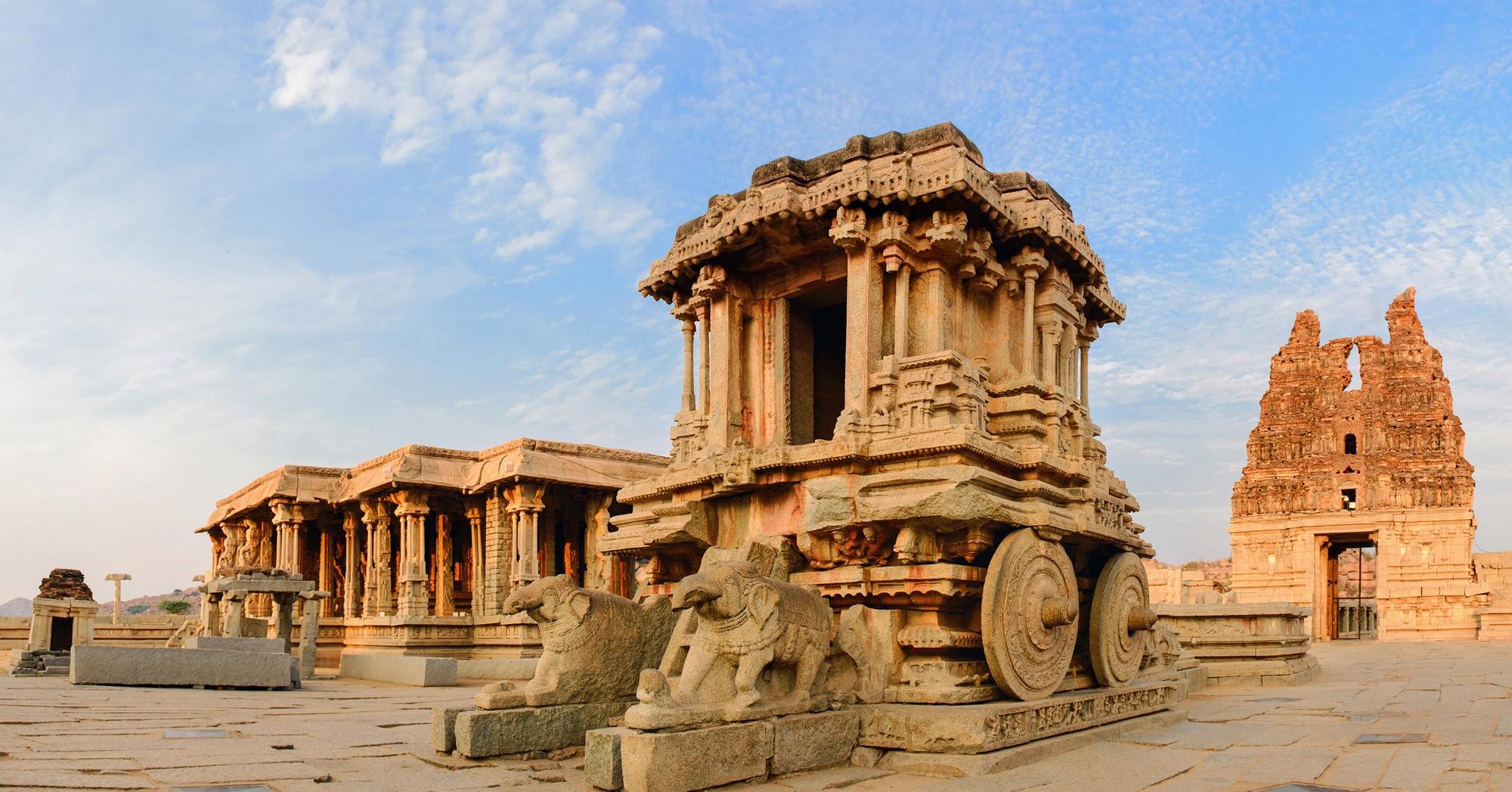Are you curious to know what is archaeological source? You have come to the right place as I am going to tell you everything about archaeological source in a very simple explanation. Without further discussion let’s begin to know what is archaeological source?
Archaeology, often described as a time machine that takes us back to ancient civilizations, relies heavily on various sources of evidence to reconstruct the past. These sources provide valuable insights into the lives, cultures, and environments of past societies. One of the fundamental pillars of archaeological research is the archaeological source, which serves as a window into our human heritage. In this blog post, we will delve into the concept of archaeological sources, their types, and their significance in unraveling the mysteries of history.
What Is Archaeological Source?
Archaeological sources refer to the physical remains, artifacts, structures, and other tangible evidence that archaeologists excavate and analyze to understand past human cultures and societies. These sources serve as direct links to the people who inhabited the ancient world, shedding light on their daily lives, customs, beliefs, and achievements.
Types Of Archaeological Sources:
- Artifacts: Artifacts are objects crafted, used, or modified by humans in the past. They include tools, pottery, jewelry, weapons, coins, and everyday items. Artifacts provide valuable insights into technological advancements, trade networks, artistic expressions, and social practices of ancient societies.
- Ecofacts: Ecofacts are organic and environmental remains found at archaeological sites. These include plant remains (seeds, pollen, wood), animal bones, shells, and other biological materials. Ecofacts provide information about past climates, diet, agriculture, and the natural resources utilized by ancient civilizations.
- Structures and Architecture: Architectural remains, such as buildings, houses, temples, tombs, and walls, provide clues about urban planning, construction techniques, social hierarchies, and religious practices of ancient societies. The study of architecture helps archaeologists reconstruct the physical layouts and spatial organization of past settlements.
- Written Sources: Although rare, written sources such as inscriptions, manuscripts, tablets, and scrolls offer invaluable information about ancient languages, scripts, historical events, laws, religious texts, and personal records. These written sources provide direct glimpses into the thoughts, beliefs, and societal norms of the people who lived in the past.
- Oral Traditions and Folklore: In some cases, archaeological research can be complemented by oral traditions, folktales, and local folklore that have been passed down through generations. These sources provide insights into cultural practices, legends, and myths that may not be evident from material remains alone.
Significance Of Archaeological Sources:
- Reconstructing History: Archaeological sources form the foundation of reconstructing historical narratives, allowing us to piece together the story of human civilization from prehistoric times to the present day. They provide tangible evidence that supplements and sometimes challenges written records.
- Understanding Cultural Evolution: Archaeological sources help archaeologists understand the evolution of human cultures, technological advancements, artistic expressions, and social structures over time. They provide a comparative perspective, enabling researchers to study similarities and differences between different regions and civilizations.
- Preserving Cultural Heritage: Archaeological sources represent our cultural heritage and serve as a non-renewable resource. They allow us to preserve and protect the legacy of ancient civilizations for future generations, fostering a sense of identity, connection, and appreciation for our shared human history.
- Collaborative Research: Archaeological sources often require multidisciplinary approaches, involving collaborations between archaeologists, historians, anthropologists, scientists, and local communities. Such collaborations promote knowledge exchange, cultural understanding, and contribute to the preservation and interpretation of archaeological sites and artifacts.
Conclusion:
Archaeological sources provide a fascinating glimpse into the lives of our ancestors, offering a tangible connection to the past. Through the meticulous excavation, analysis, and interpretation of artifacts, structures, and other remains, archaeologists unravel the mysteries of ancient civilizations, their achievements, and their challenges. By studying archaeological sources, we gain a deeper understanding of who we are as a species and how our societies have evolved over time, enriching our appreciation for the diversity and complexity of human history.
FAQ
What Are 5 Examples Of Archaeological Sources?
Monuments, inscription, coins, pottery, jewellery, seals and many more are archaeological sources of information.
What Are 10 Archaeological Sources?
Archaeological Sources: Unlocking Ancient India’s Secrets
- Excavated Sites. …
- Inscriptions and Epigraphs. …
- Coins and Currency. …
- Artifacts and Pottery. …
- Sculptures and Monuments. …
- Cave Paintings and Rock Art. …
- Literary and Historical Texts.
What Does Archaeological Mean?
: the scientific study of material remains (such as tools, pottery, jewelry, stone walls, and monuments) of past human life and activities. : remains of the culture of a people : antiquities. the archaeology of the Incas. archaeological. ˌär-kē-ə-ˈlä-ji-kəl.
How Do You Find Archaeological Sources?
Archaeologists have found sites through examination of air photos, various kinds of radar, including ground penetrating radar, and other indirect methods. Remote sensing techniques work best on sites that have features such as walls or deep pits that are distinctly different from the surrounding soil.
I Have Covered All The Following Queries And Topics In The Above Article
What Is An Archaeological Source
What Is Mean By Archaeological Source
What Is Archaeological Source Material
What Is The Archaeological Source
What Is The Meaning Of Archaeological Source
What Is Meant By Archaeological Source
Burnol Is Used For
Use Burnol For Burns
Burnol Cream 5gm Price
Burnol Meaning In Hindi
Burnol Cream
Burnol Cream Uses In Hindi
What Is Archaeological Source
Why are archaeological sources
What are archaeological sources of history?
